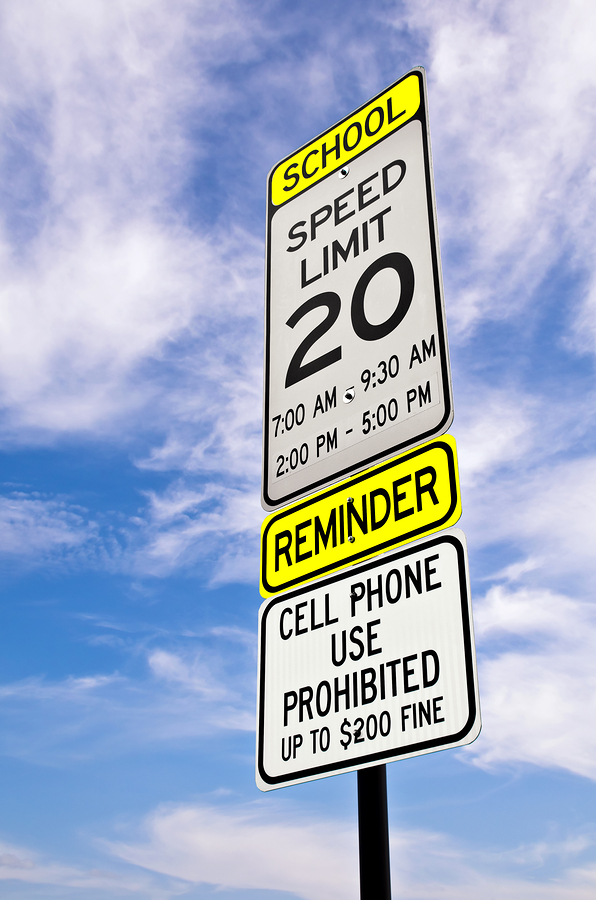Did you know philanthropy zones are easy to miss? They lack clearly marked signs. Sometimes philanthropy zones have signs but they are confusing. It’s like the school zone I drove through this week. It’s really two overlapping zones – one a public middle school, the other a charter school. The zones confuse me. The signs don’t help. Is it slow down, then speed up for a few feet and then slow down again, or just drive slowly the entire time? I’m sure I’m missing something.
In order to assist me and other confused, hurry up and get there on time drivers, the public school put up a large sign stretching across two lanes each way to get my attention. Bright lights blink to help me know exactly when to slow down. That’s helpful, but not the problem. Where does each zone start and end? That’s really my problem.
It’s a similar dilemma when it comes to philanthropy. We find ourselves trying to make giving decisions while in a philanthropy zone and we don’t even know we’re in one. Blinking lights and poor signage are everywhere but we miss them.
Three Philanthropy Zones You Might Miss
Love What They Do Zone This one should be marked miles before you arrive in their territory which translates to attending a special event or grabbing the checkbook after reading a poignant story in their ask letter.
It’s easy to love from afar and hard to make objective giving decisions without detailed information.
Solution: When you realize you’re approaching the LWTD Zone come up with two or three simple questions to ask about the organization and find someone with answers.
Make Life Better Zone There should be a SLOW sign when we start thinking about what would change others circumstances. With some experts saying that forty percent of the world’s inhabitants live on less than $2.00 per day, it is inevitable that giving in this zone can miss the intended target.
Solution: Understand your assumptions about helping others when you enter the MLBZ. If you just want to make sure kids have shoes on their feet or supplies in their backpacks look for organizations where that’s done well. If you want to address issues of poverty and why they don’t have shoes or school supplies you should ask more questions and give to the organization aiming to change the underlying cause.
Do It My Way Zone This one should have a STOP sign. When we contemplate large donations because we want to see change and we want our funds spent in a specific way we should stop. The DIMWZ is fraught with pot holes that lead to disappointment. For the donor the correct way is often not possible due to mission, policies, regulations and realities. For the organization it results in a wrecked donor relationship due to unclear or lack of communication.
Solution: In the DIMWZ the donor should ask many questions. The organization should listen and ask many questions. The donor should listen and ask many more questions. And they should take turns until both are clear about the expected results and the method that will be used to get those results. In this zone I encourage putting expectations on paper. It doesn’t have to be a formal contract; even a non-binding memorandum of understanding can be of great value.
Give and receive travel a two way street. There should be better signs to help us travel safely. When signs do get our attention friends and advisors can help us navigate the zone. It’s like learning to drive. You need someone in the passenger seat helping you see the dangers ahead. If you find yourself in one of these zones don’t drive alone. It’ll be a much safer drive.


Simple signs for making wise decisions!
Good advice for both parties.